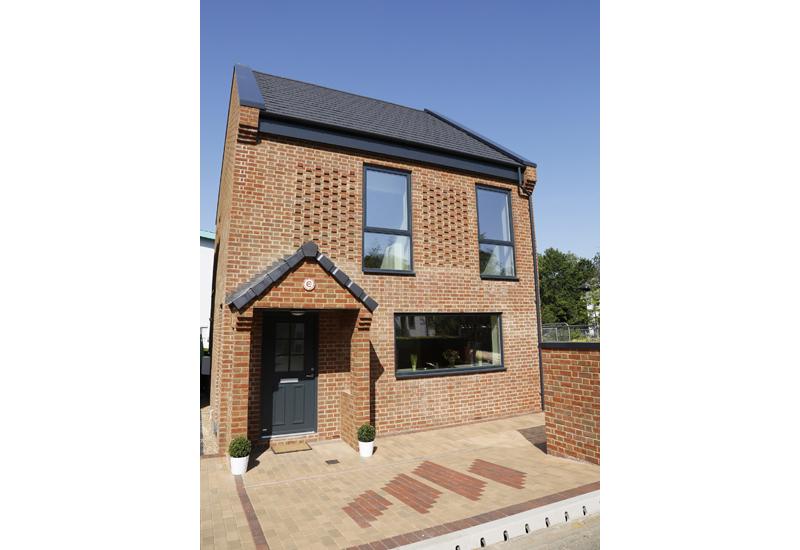
Social housing: To BIM or not to BIM — that is the question, asks Richard Bishop, category marketing manager for roof at Wienerberger.
In April, the construction industry finally saw the coming of the much-discussed BIM mandate. BIM is very much a part of the Government construction strategy and is a key element in our desire for a digitally built Britain, however, as a social housing provider you are not included in the mandate, which only covers core central government departments — something which housing does not fall under. So, bearing that in mind, where does it leave Registered Social Landlords (RSLs)?
As an RSL, as we’ve mentioned, you have no obligation under the BIM mandate, meaning that, should it be your preference, you’re free to continue operating as you currently are — continuing to run your programmes of build and renovation without considering the benefits that a BIM process can bring to both your budgets and your work streams. However, even without a need for Building Information Models, it’s still possible to utilise BIM processes. To do this, we need to remind ourselves what the core values are that BIM brings.
The primary, true definition of the BIM acronym is Building Information Management, which essentially means that BIM it is the art of knowledge with data exchange being key. It is this facet of BIM that we can focus on when it comes to the renovation of your existing properties. With the exception of a property being built from scratch, you can operate at a BIM level that prevents the need for developing and drawing computer models for each of your properties.
For an existing house, it’s possible to simply create information files comprising all of the relevant COBie data for the property, which allows you to then not only manage your properties, but also understand their maintenance and life cycle requirements and also know at a glance what a particular property has on inventory without the need for costly site audits.
Proactive control
In making use of this data and following the BIM process as defined in PAS1192, you will also aid facilities management teams, meaning that they will be afforded greater proactive control. Instead of having a model to carry your information you will carry the non-graphical content as the main data source for your properties. In this way you are able to meet the basic requirements of BIM by utilising a sensible approach to handling your information.
Clearly if you have the capability to do so, then utilising a true model will always offer greater ease and control, however at this early stage in the BIM adoption curve, how many authorities have that kind of capability? Most have outsourced architectural support and will struggle to move into a larger adoption process. Having said that, if you are using BIM as you should be for work on schools and offices, then the next logical step is to simply extend that expertise into this sector — in the long run, you’ll undoubtedly reap the benefits, as you manage your portfolio with improved efficiency and reduced risks.








